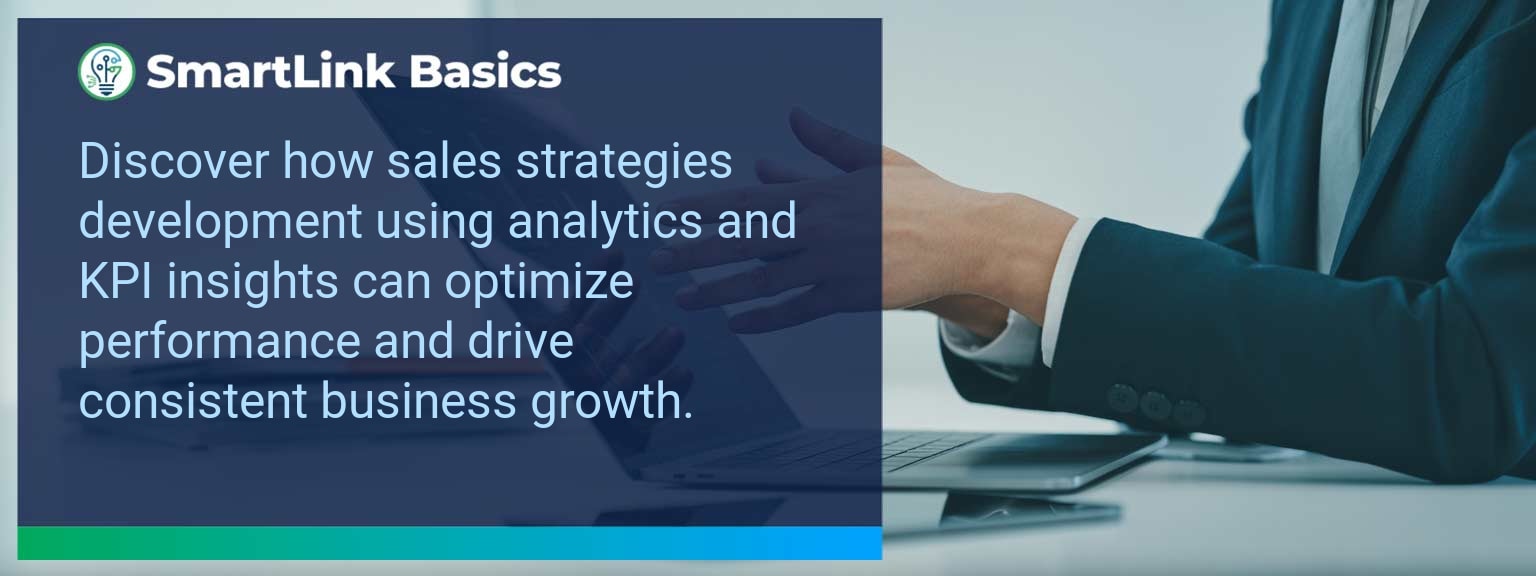Industry data shows that organizations adopting AI-driven automation achieve cost reductions of up to 30% while accelerating sales cycles by 20% or more (McKinsey, 2024). For sales leaders, AI automated workflows now define competitive advantage, enabling teams to reallocate time from repetitive tasks to high-value engagements. At SmartLink Basics, we help decision-makers implement these systems strategically, ensuring they integrate with existing revenue operations. In this article, you’ll see how AI automated workflows power business outcomes, the common obstacles that slow adoption, and practical steps to optimize processes. You’ll walk away with proven examples, a 90-day action blueprint, and measurable KPIs to track results.
- Automate repetitive administrative and CRM updates with AI.
- Integrate machine learning to personalize outreach at scale.
- Streamline approvals, quotes, and contract workflows for speed.
- Use predictive analytics to prioritize sales opportunities.
- Track adoption and performance with targeted metrics.
AI Automated Workflows: What Changed and Why It Matters
AI adoption has shifted from experimental to operational, making automated workflows a standard in high-performing sales organizations. The real advantage lies in combining workflow automation with artificial intelligence workflows to optimize every step of the revenue process. Sales leaders now use AI to synchronize touchpoints, reduce manual inputs, and ensure faster execution. For example, a B2B SaaS leader introduced automated lead enrichment and routing, cutting qualification time by 60%. Actionable insight: Audit processes for time-intensive handoffs and apply AI where repeatability is high.Redesign the Revenue Operating System With AI Automated Workflows
ICP, Segmentation, and Targeting AI-enabled segmentation uses historical wins, firmographic, and behavioral data to dynamically update ICP profiles. This ensures targeting precision without quarterly re-work. Pipeline Architecture Automated workflows push opportunities through the right stages based on engagement signals. AI flags at-risk deals for intervention. Plays and Messaging Integrated automation tools deliver personalized sequences based on buyer activity, increasing relevance at every touchpoint. Operating Cadence AI schedules follow-ups, forecast calls, and account reviews based on actual pipeline movement rather than static calendars. Actionable insight: Implement automation that adapts in real-time to both internal and buyer-driven events.Common Obstacles To Achieving Seamless Automation
The most frequent challenges are fragmented systems, inconsistent data quality, and cultural resistance. Without a unified data layer, automation amplifies errors rather than solving them. Coca-Cola Europacific Partners reported needing a full data governance upgrade before AI could improve sales workflows. Leaders must first assess infrastructure readiness and train teams to trust AI-influenced recommendations. Actionable insight: Before deployment, establish clean data practices and a single source of truth.Implementing AI To Optimize Workflows
Effective deployment of AI process optimization starts with mapping current-state processes, identifying friction points, and matching them with automation tools. For example, automating proposal generation based on CRM opportunity data can reduce turnaround from three days to one hour. Solutions combining business process automation platforms with machine learning integration enable continuous performance improvement. Actionable insight: Pilot in one high-impact stage, measure, and then expand.Tangible Benefits From Automated Processes
The benefits extend beyond time savings — sales leaders gain a scalable system. Tangible outcomes include faster quote-to-close, higher lead conversion, and better forecast accuracy. A manufacturing firm implemented AI-assisted order processing and cut errors by 40%, improving on-time delivery rates. Actionable insight: Track both speed and accuracy to measure workflow automation effectiveness.Metrics That Matter
| Category | Metric | Definition | Target |
|---|---|---|---|
| Leading | Workflow Completion Rate | % of automated sequences executed without manual intervention | 95%+ |
| Leading | AI Suggestion Adoption Rate | % of AI-generated action recommendations executed by reps | 80%+ |
| Lagging | Cycle Time Reduction | Decrease in time from lead entry to closed-won | 20%+ |
| Lagging | Revenue Per Rep | Average sales revenue generated per sales rep per quarter | +15% YoY |
| Quality | Automation Error Rate | % of workflows that trigger incorrect outcomes | <1% |
| Quality | Customer Satisfaction Post-Automation | Average CSAT score after automation implementation | ≥ 4.5/5 |
Innovations And Next Steps For AI Automation
Emerging capabilities like AI-generated playbooks, intent-driven dynamic routing, and integrated AR for virtual product demos are shaping the next wave of sales automation. Companies integrating these tools early will outpace competitors in speed and personalization. Actionable insight: Stay ahead by testing emerging automation features quarterly and aligning them with evolving buyer expectations.Get the 90-day plan, coaching rubric, and dashboard template to operationalize AI in your enablement program.
Turning AI Automation Into a Revenue Multiplier
AI automated workflows are now a strategic lever for predictable, scalable growth. This guide outlined current applications, adoption challenges, a 90-day execution plan, and measurable success criteria. To make automation pay off, sales leaders should integrate tools into one cohesive operating system and review results monthly for continuous improvement. Access more AI-driven sales enablement resources from SmartLink Basics to design a high-performance automation strategy. Accurate, data-driven decision-making has become the defining factor between sales teams that consistently hit targets and those that struggle. At SmartLink Basics, we see that the most effective sales leaders are those who treat sales strategies development as an iterative, measurable process rooted in analytics and KPI tracking. In a competitive market where buyer expectations evolve rapidly, every stage of your sales cycle should be informed by clear performance metrics. This article outlines how to audit current performance, implement precision-targeted strategies, and apply rigorous measurement frameworks to drive predictable revenue growth. You’ll also get an actionable implementation roadmap and measurement table to tighten execution.- Audit your current sales performance using segmented KPI analysis.
- Identify pipeline gaps that limit conversion or velocity.
- Apply analytics to guide targeted process changes.
- Measure both leading and lagging metrics for accuracy.
- Refine strategies quarterly to align with market trends.
Identifying Gaps In Current Sales Performance
A successful sales strategies development process begins with pinpointing where performance falls short. Reviewing sales performance metrics by customer segment, deal size, and buying stage uncovers inefficiencies that broad averages mask. For example, a team may have high win rates in SMB accounts but slow progression in enterprise deals due to misaligned proposals. Analytics tools, such as CRM dashboards and revenue intelligence platforms, can segment and benchmark performance indicators. Leaders should focus on funnel conversion rates, cycle time, and deal velocity per segment. Once gaps are visible, they can be prioritized for targeted intervention.Implementing Data Driven Strategies For Optimization
After diagnosing gaps, the real impact comes from embedding analytics directly into daily execution. This phase of developing sales strategy integrates pipeline scoring models, structured opportunity reviews, and targeted enablement content. Sales analytics tools can predict deal closure likelihood, helping reps prioritize actions with high-probability accounts. For instance, adding AI-driven lead scoring can raise qualification accuracy and reduce wasted prospecting effort. The key is to translate data insights into clear, repeatable plays within your operating cadence.Measuring And Evaluating Strategic Outcomes
Continuous performance measurement ensures strategies are producing measurable ROI. Both leading indicators (such as meeting-to-opportunity conversion rate) and lagging indicators (like quarterly revenue attainment) provide a balanced view. A robust performance measurement sales framework also tracks quality signals—buyer feedback, proposal alignment, and message clarity. Scheduling monthly KPI reviews encourages agile adjustments. For example, if follow-up time on inbound leads slips from 30 minutes to several hours, reallocating resources quickly can recover lost conversions.Metrics That Matter
| Category | Metric | Definition | Target |
|---|---|---|---|
| Leading | Qualified Lead to Meeting Rate | % of qualified leads converting to scheduled meetings | 70%+ |
| Leading | Lead Follow-Up Time | Average time from lead creation to first contact | <1 hour |
| Lagging | Quarterly Revenue Attainment | % of revenue target achieved per quarter | 100%+ |
| Lagging | Average Deal Size Growth | Increase in average deal value over prior quarter | +10% |
| Quality | Buyer Proposal Alignment Score | Rating of proposal relevance based on customer feedback | 8/10+ |
| Quality | Sales Messaging Consistency | % of reviewed calls adhering to core messaging framework | 95%+ |
Adapting Strategies For Future Market Trends
Sales strategy resilience requires monitoring industry shifts and evolving buyer behaviours. This means running quarterly reviews to assess whether product positioning, pricing, or messaging matches emerging preferences. For example, if buyer demand moves toward subscription-based services, altering your sales planning process and KPIs to capture recurring revenue becomes essential. Market trend analysis also prevents over-reliance on historical performance. Teams should adopt sales growth tactics that can pivot quickly, such as agile territory planning or rapid product bundling.Get the 90-day plan, coaching rubric, and dashboard template to operationalize AI in your enablement program.









